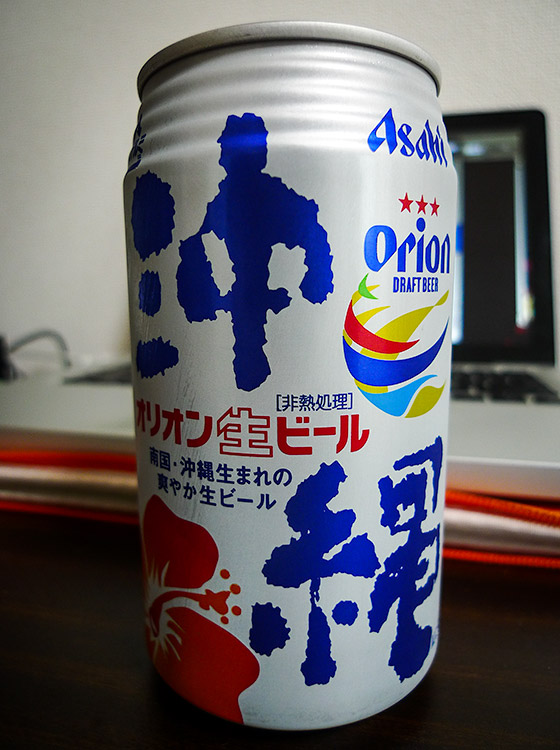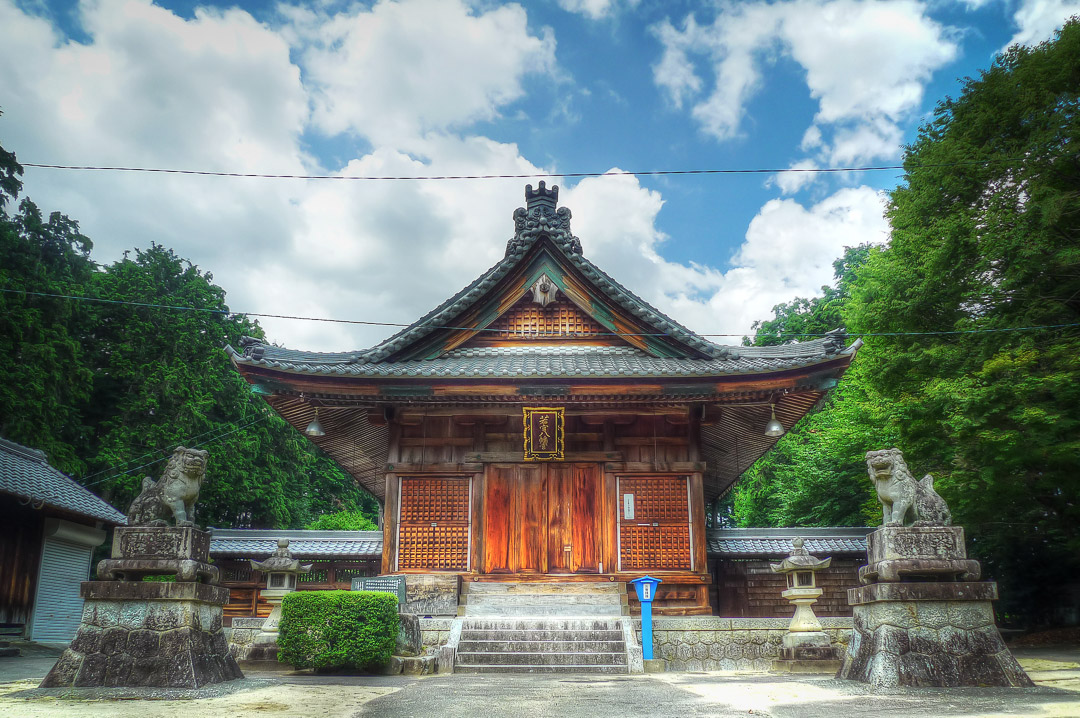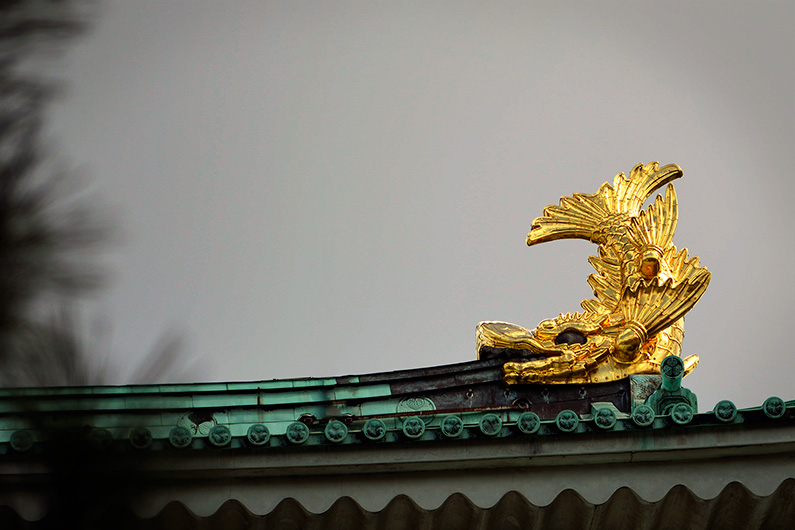Visitors to Fushimi Inari Shrine in Kyoto will notice that the 1000s of torii lining the paths aren’t all the same. Torii is Japanese for a traditional gate, typically found at shrines and some temples. Not only are they different sizes, but they are all in different conditions. Some will be a fresh bright vermilion colour, while others might have a rotting base and very faded paint.
Torii maintenance at Fushimi Inari Taisha

Painting one of the many torii gates at Fushimi Inari Shrine.
The official Kyoto travel guide says there are over 5,000 torii gates at the shrine.
Good news for travelers is this routine maintenance does not close access to the shrine.
The torii at the shrine are painted for two reasons:
- The torii is old and requires maintenance.
- There’s a new torii sponsor or donor, so the torii is repainted and the donating company/individual name engraved.
Location of this photo:
Loading map...

View this location – Map coordinates: 34.967, 135.776.
Fushimi Inari Taisha is an amazing place to visit. It’s free, open at all hours and is a unique and surreal experience compared to the rest of Kyoto’s sites.
Read the full travel guide to Fushimi Inari Shrine, a UNESCO World Heritage site in Kyoto.




